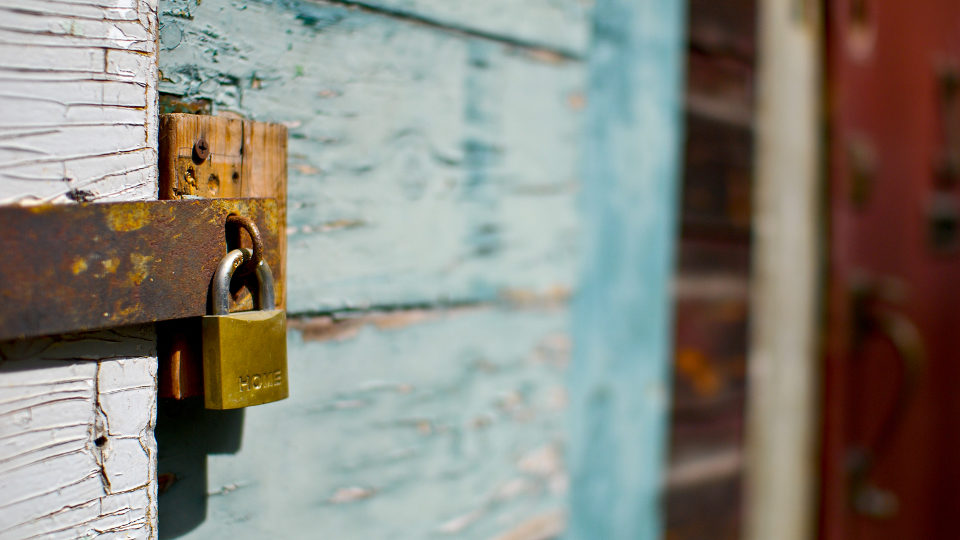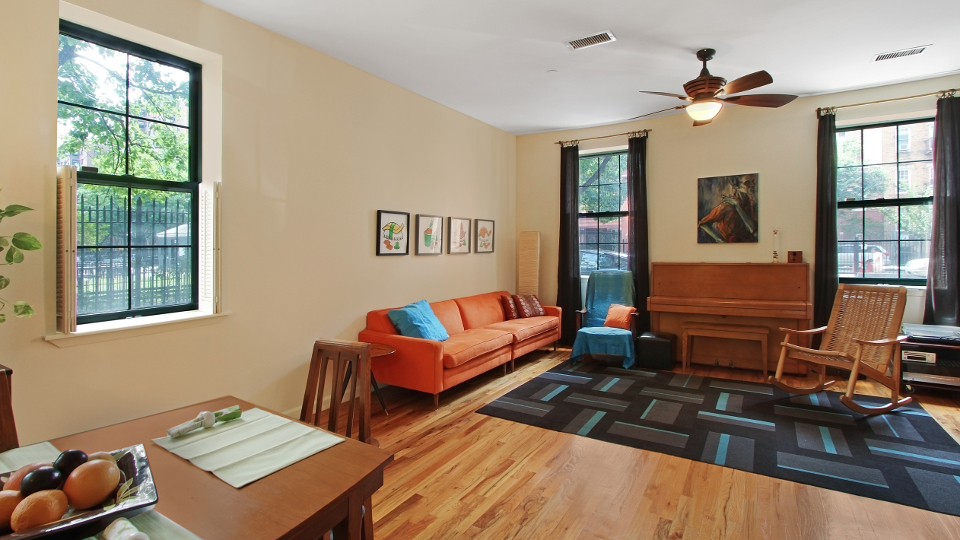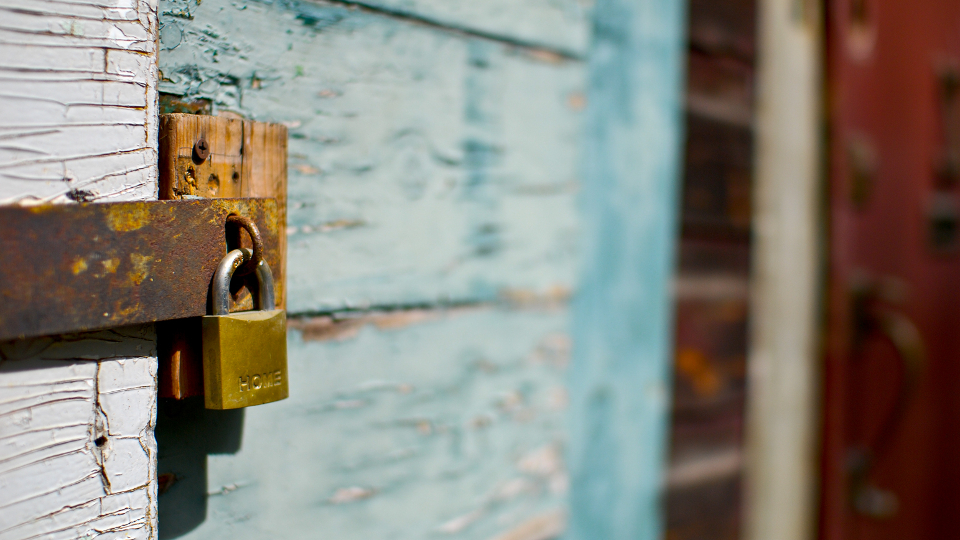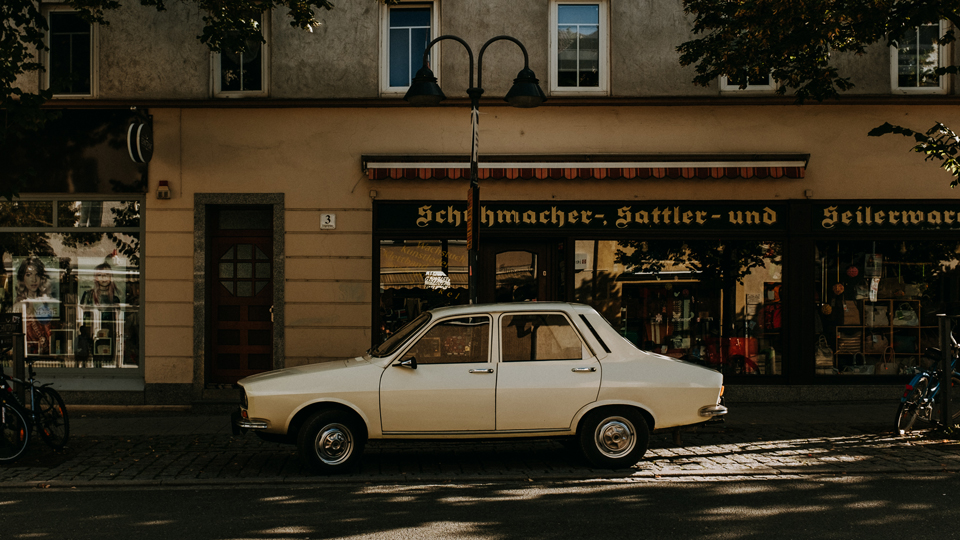
First-world problem, right? There are many reasons why it would make sense to establish two different residencies at the same time. And, maybe, you’re sick of living out of a hotel?
Nothing quite beats home, or at least something that resembles home. To manage the chaos, this quick guide highlights a few things to consider if you are considering having two places at once, as well as tips to manage it all (in case you forget what state your favorite pair of boots are in).
Even if each place resembles Martha Stewart’s living room, there’s at least that irreplaceable feeling of returning to the same place over and over. At the very least, it’s your crappy apartment.
Resident, but where?
Sure, it’s possible to get two ID cards or driver licenses or pay two different income taxes, though that doesn’t really work well in practice for about anyone.
(It is also impossible to get two ID cards or driver licenses in the U.S. Most states will require new residents to invalidate or turn over the previous ID. Getting residency in another country will probably not necessitate this.)
For most people, the main residence will be at (1) the property that they own, (2) the place that they’re physically at most of the time, or (3) the place that where they pay the least income taxes.
Got to pick one that makes the most sense!
How to manage two different households
It can get expensive, but it doesn’t have to be expensive. Unless you own both properties (congratulations!) there are often ways to make it work.
Outside of living in a hotel—which is not glamorous—most people find a temporary sublet or Airbnb sublet in city numero dos. However, Airbnb sublets aren't really the most cost-efficient option because they tend to be more expensive than traditional sublets.
The best solution is usually to rent or establish two different homes in both cities, and rent out (or sublet) the empty unit (or on Airbnb) when you’re not there.
Case in point: In 2015, I spent a lot of time commuting between New York and San Francisco. I rented two rooms in two different apartments in both of those cities, OK’ed subletting with both sets of roommates, and would simply Airbnb or rent out the vacant room. Airbnb often is the best solution, because it requires fewer nights to break even.
(Contrary to popular misconceptions, it was more than an affordable option, because I managed to find both rooms at below-market rates.)
Note: This does require advance notice, and is harder to execute for last-minute travel. The best takeaway here is to prioritize renters who can commit to longer stays or segment out the traveling by month demarcations.
How to keep both homes properly stocked
The trickiest part of living in two places at once isn’t managing the rent, but keeping track of what is going on and happening in each place. And, maybe, figuring out where that favorite sweater is.
The solution we've found is to keep an Google Doc inventory on items that are running low or are stored at each place. Basically, it’s a good time to Marie Kondo that shit.
Create three columns in the Google doc (one in each city, one for items that are going to transition between both), and make it detailed as possible.

Nothing says home, like fresh bread. (barbara w / Flickr)
It is also recommended to create a “bomb shelter” pantry full of food at each unit: frozen items, canned goods, dried foods, and nuts that can easily stand the test of time (or a few weeks).
Basically, think foods that would stock well if Apocalypse Now was coming.
There’s really nothing better than landing and knowing there is already something to munch on in the kitchen, even if it’s not the freshest thing available. Point is, it still beats greasy takeout all the time.
Double the clothes, double the trouble.

Divvy it up. (Aqua Mechanical / Flickr)
Buying two sets of a favorite sweater can be a little silly, but there are common items to buy double, like toiletries, to minimize packing. The upside of commuting to the same place over and over is it’s pretty easy to predict what you need, time and time again.
(The one thing we do recommend doubling up on? Chargers and things like that!)
That way, the only thing left to do is jump on the plane with a backpack at the very most and be completely set.
Divvying up the clothes is usually the hardest part. They need to be separated into three different piles. The first pile is clothes that you wear the most frequently and are most likely to transition between both places, while the second pile is clothes most suitable to the climate in city numero uno, and the third pile is for clothes most suitable to the climate in city numero dos.
Basically that's all there is to the bus ride between places!





